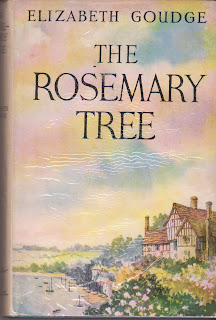Waiting for Coyote’s Call

Jerry Wilson, Waiting for Coyote’s Call: An Eco-Memoir from the Missouri River Bluff (South Dakota State Historical Society Press, 2008)
Both a plea for conservation and the entertaining story of the creation of a family home, Jerry Wilson’s memoir lovingly describes both the physical environment and the people who inhabit the area where his family chose to build their new house. Characters current and historic come and go as the family site their home and design it to require as few extra natural resources as possible. Set into the hillside and heated by the sun and, when necessary, logs cut from their own woodland, the ‘geo-solar’ house quickly becomes a character in its own right as it takes shape in the early chapters.
Wilson describes the responsibilities concomitant with managing woodland, watching the annual cycles of budburst through to leafdrop, replanting saplings and thinning trees, a pattern that began with the arrival of Europeans in the US, who brought practices of land management – amongst them drainage, ploughing and encouraging monoculture – supplemented by legislation which controlled and designated land use. On the heels of the homesteaders came exotic species, non-native plants and insects which posed a threat to native species, and Wilson makes a strong case for maintaining a richly diverse range of native trees and shrubs, reminding us of the destruction (here in the UK, too) wrought by the spread of Dutch Elm Disease, rapid and uncontrollable, altering familiar landscapes it seemed overnight.
Along the way we learn much about the childhoods of Jerry and his wife Norma, and of their plans for the new home; how they selected the hillside and, before anything else, planted tree seeds collected from the streets of Vermillion, where they lived at the time. Early in 1982, they planted a shelter belt of mixed trees before starting to build. We learn too of local history: of the flood on the Missouri in 1881 in which 30 vessels foundered, of the “taming” of the river, with resulting environmental casualties, and of the dustbowls of the 1930s. Wilson draws telling parallels between decisions at national level – to encourage tree-planting, or damming creeks, for instance – with the smaller impact of the changes individuals make to the landscape, such as the damming of a watercourse for aesthetic reasons, showing how even the smallest change may have repercussions; he further describes how nature often resists our attempts at change, requiring ever greater resources to maintain what we try to impose on the landscape.
This book is a song of praise to balance – the risks of imposing too much on the land set against the joy of doing our best to live in harmony with the land and the creatures with which we share it. Wilson considers the wide range of human activity which affects the prairie, from goldmining to the enclosure of livestock to the production of ethanol as a replacement for oil. His writing is informative and measured, presenting his case for conservation clearly and articulately, while his joy and love for both his own small piece of prairie and for the wider environment shine clearly through every chapter. His closes his memoir with an overview of a year on the Bluff, drawn from the daily journal he has kept for 25 years. I can wholeheartedly recommend this book to anyone with an interest in the environment, in land management, or just a curiosity about their fellow humans, for its combination of anecdote and argument. For the serious environmentalist there is a comprehensive index and a useful bibliography.


oh, this sounds wonderful! I'm keeping your post in my book ideas. Great review.
ReplyDeleteIt's very enjoyable, Nan - it was a LibraryThing Early Reviewers copy, and I was very glad that I had requested it.
ReplyDeleteI hope you don't mind but I have given you an award! It is a meme one that you are supposed to pass on, but please don't feel oblidged to join in if you don't like memes. The instructions are in this post http://juxtabook.typepad.com/books/2009/01/butterfly-award.html
ReplyDelete